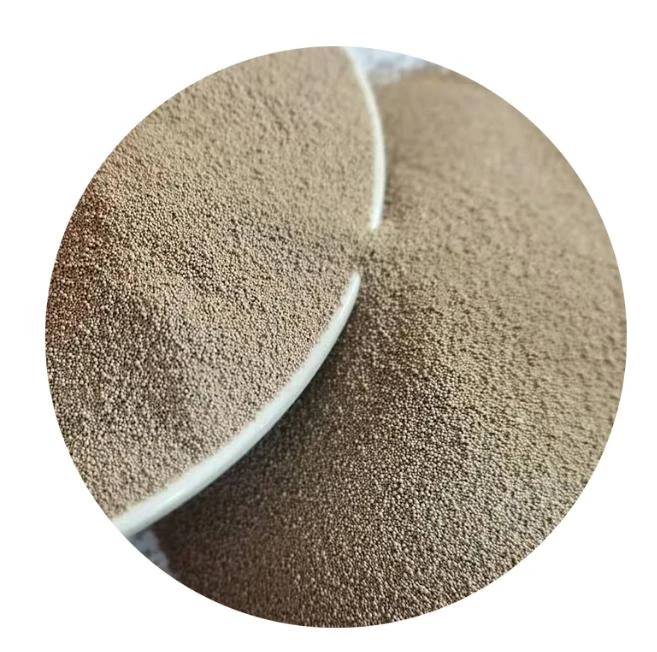

Investment in research and development by ceramic sand producers is another critical consideration. When a supplier is committed to innovation, it usually translates into better product offerings that can improve performance metrics for the end users, indirectly affecting the overall cost efficiency of using ceramic sand. For companies heavily reliant on ceramic sand, it becomes imperative to consider the economic viability of bulk purchasing agreements. Long-term contractual agreements can sometimes offset price volatilities and provide certainty in budgeting processes. Businesses must stay informed about current market trends and adjust their procurement strategies accordingly. Additionally, attending industry trade shows and forums can provide invaluable insights into emerging trends, technological advancements, and shifts in pricing that can affect the overall procurement strategy for ceramic sand. Building a network with industry peers can also offer unforeseen opportunities for negotiating better pricing with suppliers or discovering alternative materials that can meet the operational needs of a business. In conclusion, while the ceramic sand market is subject to numerous variables, informed decision-making founded on comprehensive market analysis and strategic alliances can lead to cost savings and enhanced operational efficiency. Organizations should prioritize establishing relationships with reputable suppliers who emphasize quality assurance, as this directly impacts the usefulness and longevity of ceramic sand in industrial applications. Collaboration with experts in the field ensures access to the latest technologies and methodologies, reinforcing the trustworthiness and authority of their operations. Such practices exemplify the pivotal blend of expertise and experience needed to navigate the complexities of ceramic sand pricing effectively. Post time:Februari . 13, 2025 08:52
Next:High Refreactoriness Ceramsite Foundry Sand For Steel Casting
